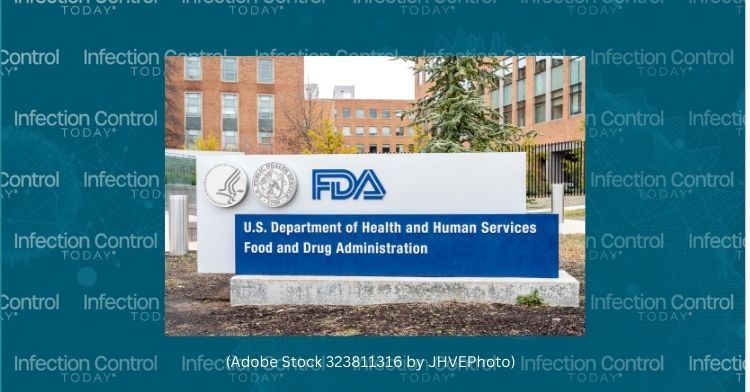FDA Announces Guidance on Medical Device Remanufacturing and Servicing
FDA provides clarity on medical device remanufacturing vs. servicing in new guidance. Ensures industry consistency and compliance with federal regulations for improved device safety and effectiveness.
FDA sign.
(Adobe Stock 323811316 by JHVEPhoto)

The US Food and Drug Administration (FDA) recently issued final guidance to the medical device industry to clarify the definition of "remanufacturing" for reusable devices requiring maintenance or repair. This guidance seeks to establish consistency in identifying remanufacturing activities and to enhance understanding of applicable federal laws and regulations in this context.
Medical devices play a crucial role in health care, with many being reused, including infant warmers, ventilators, endoscopes, and defibrillators. Proper servicing is essential for maintaining performance and extending their total product lifecycle. However, the complexity of these devices and the need for more resources for proper servicing can lead to unintentional remanufacturing, potentially resulting in non-compliance with federal regulations.
“Today’s action represents an important step forward in our mission to assure continued patient access to high-quality, safe, and effective medical devices,” said Jeff Shuren, MD, JD, director of the FDA’s Center for Devices and Radiological Health. “This guidance provides important clarity on defining remanufacturing and helps to remove perceived barriers to obtaining repair or maintenance of a device if it does not alter the safety, performance or intended use.”
The FDA guidance instructs device manufacturers to incorporate guidelines to service their products properly. The guidelines also provide examples of actions that are considered remanufacturing. Remanufacturing refers to making significant changes to a device's performance, safety specifications, or intended use that alter its original condition as approved by the FDA. On the other hand, servicing refers to repairing or maintaining parts to meet the original equipment manufacturer's (OEM) specifications.
The agency emphasizes that whether an activity constitutes remanufacturing is determined by federal laws and regulations, not by self-identification as a "remanufacturer" or "servicer." The guidance outlines guiding principles, a flowchart for determining remanufacturing activities, and examples to assist industry stakeholders.
According to the announcement, the guidance recommends labeling reusable medical devices with preventive maintenance and repair information without revealing confidential information or trade secrets. It also addresses third-party servicers, who are responsible for maintaining devices after distribution. It emphasizes the crucial role played by these entities in ensuring the safety and quality of the device.
“The availability of timely, cost-effective, quality maintenance and repair of medical devices is critical, both to the successful functioning of the US health care system and the public health,” the announcement said. “The FDA’s regulations and policies should not be considered an impediment to sharing information, tools, and access to third-party servicers, as these policies are intended to help facilitate high-quality servicing by all entities engaged in these activities.
The FDA's focus on remanufacturing and servicing began in 2016, with public engagement and a workshop to gather industry input. The agency also published “FDA Report on the Quality, Safety, and Effectiveness of Servicing of Medical Devices,” detailing the FDA’s plan to clarify the distinction between remanufacturing and servicing that was consistently requested in public comments.
The announcement today says that the guidance highlights the importance of quality maintenance and repair services in supporting the health care system and public health. It reflects the agency's commitment to collaboration to improve patient access to safe and effective medical devices.
Broadening the Path: Diverse Educational Routes Into Infection Prevention Careers
July 4th 2025Once dominated by nurses, infection prevention now welcomes professionals from public health, lab science, and respiratory therapy—each bringing unique expertise that strengthens patient safety and IPC programs.
How Contaminated Is Your Stretcher? The Hidden Risks on Hospital Wheels
July 3rd 2025Despite routine disinfection, hospital surfaces, such as stretchers, remain reservoirs for harmful microbes, according to several recent studies. From high-touch areas to damaged mattresses and the effectiveness of antimicrobial coatings, researchers continue to uncover persistent risks in environmental hygiene, highlighting the critical need for innovative, continuous disinfection strategies in health care settings.
Beyond the Surface: Rethinking Environmental Hygiene Validation at Exchange25
June 30th 2025Environmental hygiene is about more than just shiny surfaces. At Exchange25, infection prevention experts urged the field to look deeper, rethink blame, and validate cleaning efforts across the entire care environment, not just EVS tasks.